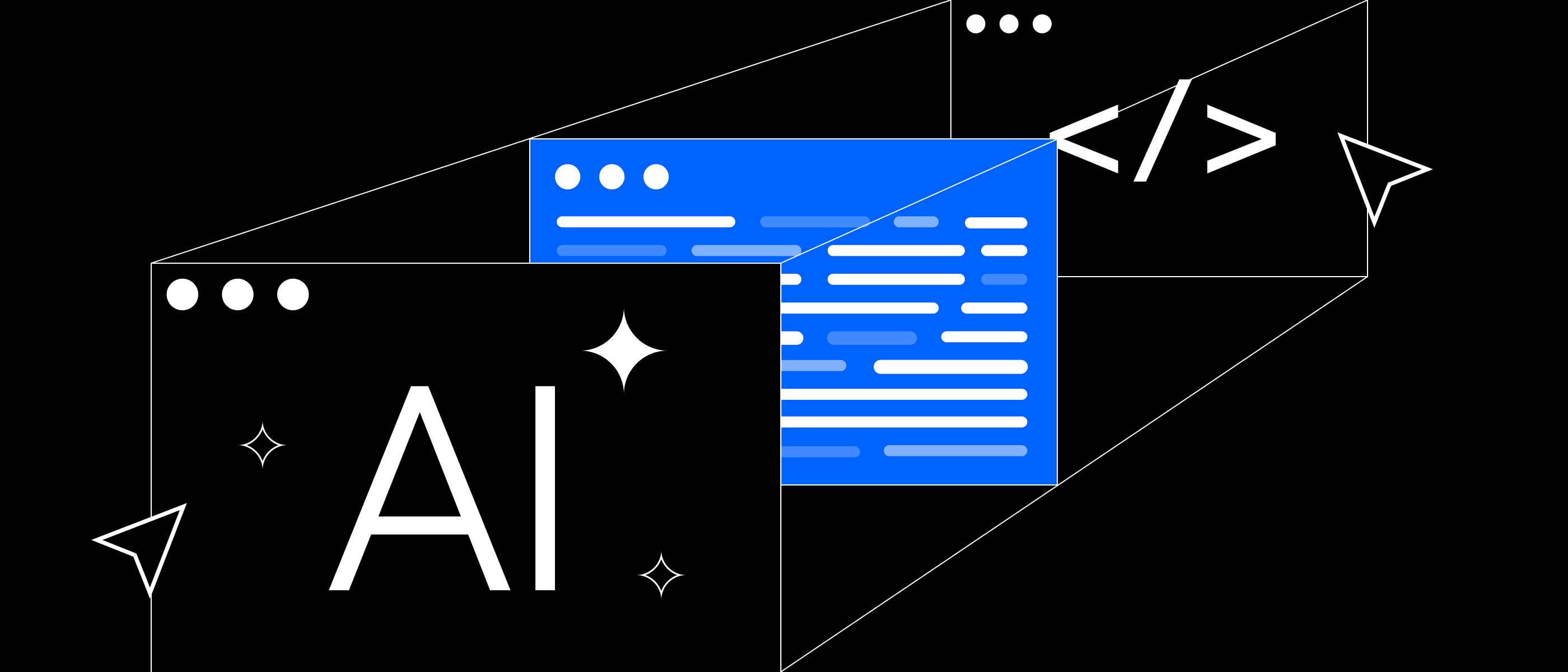The world of Web 3 has seen explosive growth. A "renaissance" in how we view and build the web. A very similar phenomenon to the internet's early stages, where good user experience and interface practices weren't often widely considered.
Even though basic design rules still apply, we should consider other relevant and new concepts that impact our work. Gamification, Transparency, Collaboration, and Trust are some of the crucial keywords. They are more prominent now than ever.
In this post, I'll share my journey and learnings in this new "world" thus far. As designers, we should understand web stages to craft experiences thoughtfully. From the early static environments to dynamism, what makes Web 3 so different, and how can we learn from it?
The Web evolution from 1.0 to 3.0
Going back to the internet’s early days, around 1989, we land in a static environment, where users have no control over information, being mere observers — this era is known as Web 1.0.
Since then, it evolved into what we now broadly use — Web 2.0. A space where users actively create and share content, a dynamic environment. From static to dynamic, from observers to creators. You might be wondering… What's so different about Web 3.0?
The sense of community and decentralization — in response to large corporations owning large amounts of data — explain the birth of Web 3. It embodies the characteristics of blockchain, where security, openness, and fairness are the basis. A landscape where communities, not companies, are the owners… Truly fascinating.
How can Design uptake the adoption of Web 3?
Each stage of the web represented new challenges to designers — it went through early adoption until stabilizing on mass adoption. Given the new paradigm, designers are also directly responsible for how this highly technical space is perceived and built.
Web 3 is a world with many different and complex terms — DAOs, NTF, DeFi, dApp, etc. And, as designers, we ought to understand them to minimize potential communication gaps. We should try to comprehend the technology, its purpose, and use cases from a development standpoint. Speaking the same language as stakeholders will allow us to communicate better with users through our product. This balance between the nature of blockchain and humans is the most significant bridge to mass adoption, where Design plays an essential role.

"Design is the intermediary between information and understanding."
— Hans Hoffman
Transparency and trust
Why should users trust sensitive information in a new industry that is barely understood? It's a legitimate question to ask. Almost everyone is new to it, and the technical bargain doesn't help.
Having carefully crafted feedback and active guidance allows users to gain confidence. They must know what's happening, what will happen, and why didn't it happen. A constant stream of feedback through:
- Transparent Copy: Jargon-less terms, straight to the point, and easy to understand.
- Motion: Visually supports what's happening; for example, using a loader with descriptive text when connecting a wallet. Helping users to understand the process and how this new technology works.
- Clear Navigation: Don't reinvent the wheel. Keep actionable elements visible, good hierarchy, explanatory tooltips, and standard navigation patterns.
These simple design norms seek to reduce users’ cognitive load, making them willing to explore and learn more.
Gamification and colors
Complementary to users’ needs, the visual interface is equally important. Gamification — adding game mechanics into a product — enhances the sense of engagement and participation. It may seem secondary, but it's especially relevant in a community-driven space.
We should embrace elements such as badges, levels, points, missions, etc. Tools like Discord, where many Web 3 projects were and are discussed, serve as an excellent example of using Gamification to its full potential.
Other elements that fit Web 3 very well are gradients and bold primary colors. In fact, their usage in brand assets, buttons, shapes, cards, and many other UI elements can be seen as a way to disrupt 'traditional' digital design. It's highly captivating, adding a spark that intrigues users. The main purpose is to communicate a visual and psychological message that transpires youth and innovativeness into the product. Paradoxically, be mindful not to overuse these elements — they can easily cease to communicate and overwhelm the experience.
Main takeaways and the future
Excitement for Web 3.0 focuses on technology's needs over experiences. And that's common in every new stage the internet has gone through. Our job, as designers, is to refocus on human beings, building a bridge that solves problems.
Web 2.0 patterns are still in use, and new pillars such as Community, Openness, and Trust are emerging. What does the future hold? There are still a lot of unknowns, and while this article scratches the surface, I hope it inspires you to advocate for good usability and visual standards.






